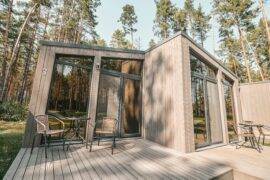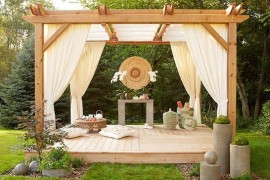Peak veggie-growing season may be coming to a close, but many green-thumbed homeowners aren’t quite ready to let go.
If you’re dreaming of sweet sun-ripened tomatoes, crisp bell peppers, succulent squash and other summer garden goodies all winter long, you’re certainly not alone. However, not all fruits and vegetables thrive in the summer heat. In fact, there are plenty of plants that actually prefer the cooler temperatures of fall and early spring.
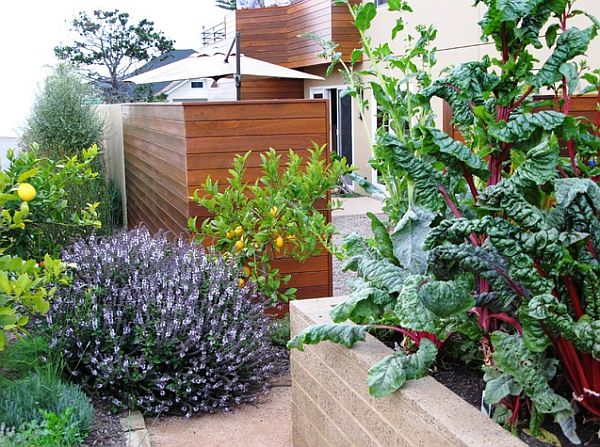
by debora carl landscape design
Here are some helpful hints for cultivating a successful vegetable cold weather garden —
1) First, take time to familiarize yourself with which crops grow best in the colder seasons. For example, lettuce, carrots, radishes, carrots and beats generally grow better during fall and spring than summer. If you’re a more attentive gardener, you may even want to try cauliflower, onions, parsnips and turnips. Asparagus and potatoes are also cool weather lovers.
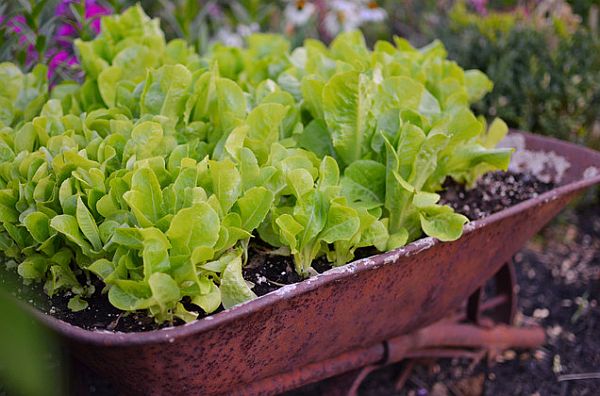
by Amy Renea
2) Next, remember that just because a crop grows better during colder weather does not necessarily mean it can withstand frost and icy conditions.
Be sure to plant your garden early enough in the fall so your plants can be harvested before the first frost.
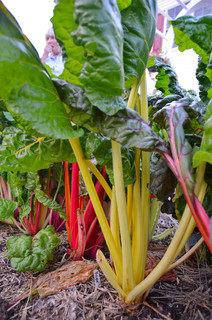
3) Thirdly, consider creating a cold frame. These can be purchased or homemade out of lumber and plexiglass hinged tops.
Close the top when the temperatures drop during the fall or, in the spring, open the top when the temperatures warm. This gives you more freedom with the dates in which you plant your garden.
4) Lastly, like any garden, be sure to give it plenty of care and attention. Remember that some plants need to be watered more than others, and your crops may ripen at different times.
If you’re growing a new crop for the first time, do a little research to see if it has any special instructions or maintenance needs. The more time and effort you put into your cold season garden, the better your veggies will taste.
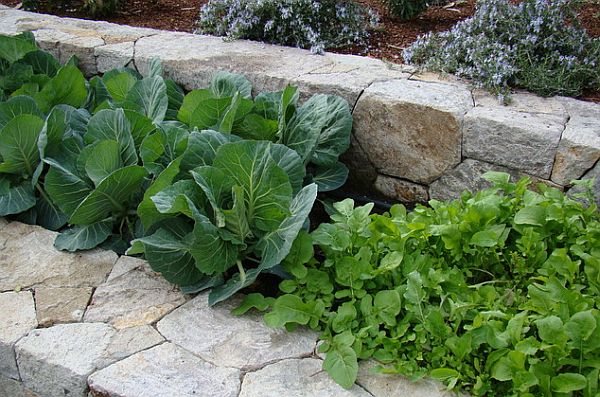
by Randy Thueme Design


